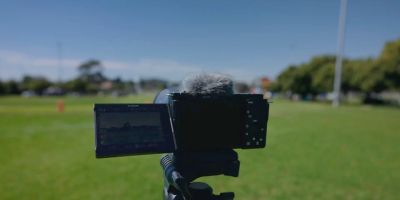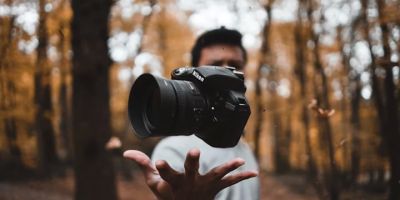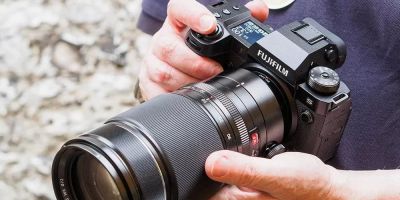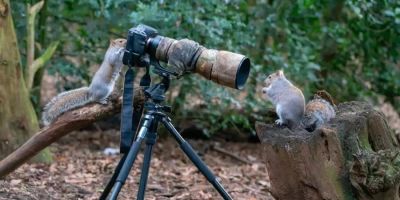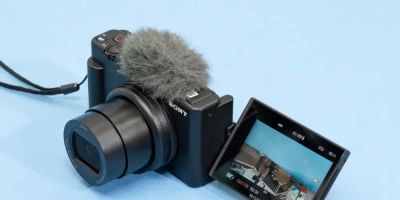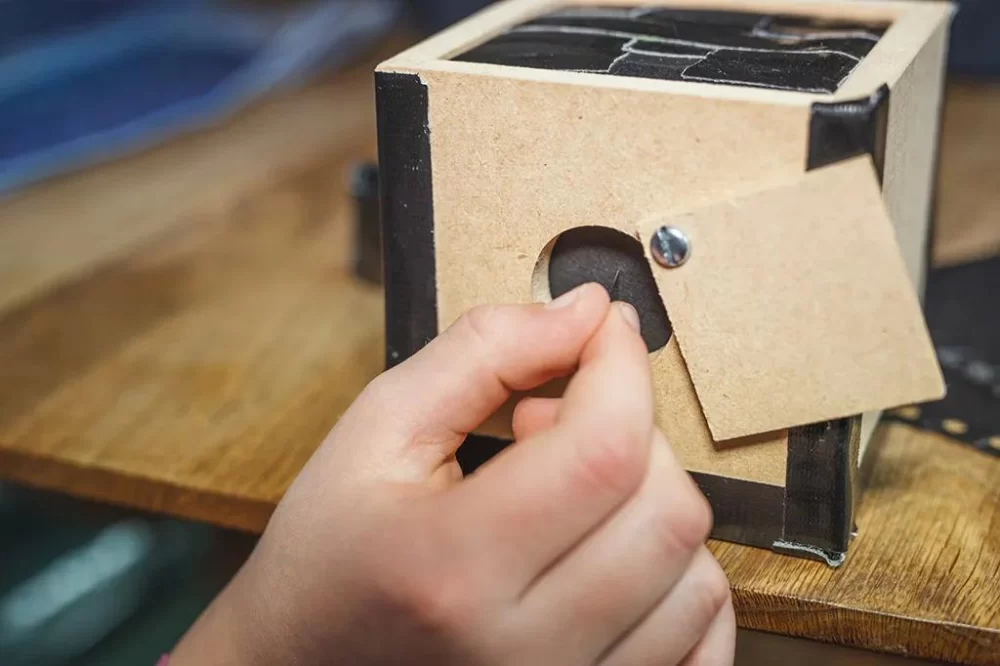
- Materials Needed for DIY Pinhole Camera
- Step-by-Step Guide to Creating a Pinhole Camera
- Tips for Successful Pinhole Photography
- The History and Appeal of Pinhole Cameras
- Why Make a Pinhole Camera at Home?
Materials Needed for DIY Pinhole Camera
Creating a pinhole camera at home is an exciting and rewarding project that requires minimal materials. To get started, you will need the following items:
- Box or container – A cardboard box, shoebox, or similar container will work well as the body of the camera.
- Black paint or tape – To ensure there is no light leakage, paint the inside of the box or seal it with black tape.
- Pinhole material – A thin metal sheet, such as aluminum foil, works best to create the small hole.
- Photo paper or photographic film – You can use light-sensitive photographic paper or film to capture the image.
- Scissors, pins, and tape – To help you cut the materials and assemble the camera.
- Darkroom or safe space – A darkroom or a dark space will be required to develop the photos.
Step-by-Step Guide to Creating a Pinhole Camera
Now that you have gathered all your materials, it’s time to start building your own pinhole camera. Follow these steps:
- Prepare the box: Start by selecting a box that is light-tight. If it’s not already black inside, paint it black to prevent light from interfering with your photos.
- Create the pinhole: Take a piece of thin metal or aluminum foil and use a pin to create a tiny hole. The size of the pinhole will determine the exposure time, so make sure it’s small (around 0.2mm to 0.5mm).
- Attach the pinhole to the box: Tape the metal piece with the pinhole over a small opening at one end of the box. Seal any light leaks to ensure no light can enter from other sides.
- Place the photo paper or film: On the opposite side of the pinhole, place your photo paper or film in the box, ensuring it is secure. This is where the image will be captured.
- Seal the box: Close up the box securely, leaving only the small pinhole exposed to light.
- Exposure time: To take a picture, aim your pinhole camera at the subject and leave it exposed for several seconds or minutes, depending on the lighting conditions and the size of the pinhole.
- Develop the photo: After exposure, you’ll need to develop the photo paper or film in a darkroom or safe light environment using traditional photographic chemicals.
Tips for Successful Pinhole Photography
To get the best results from your pinhole camera, consider these helpful tips:
- Experiment with exposure times: Since pinhole cameras have no lens, exposure times can vary greatly. Start with 10-20 minute exposures and adjust based on your results.
- Use a sturdy tripod: Since pinhole photography requires long exposure times, a tripod is essential to avoid camera shake.
- Choose the right subject: Pinhole cameras work best for capturing static subjects, such as landscapes, still life, and architecture.
- Mind the lighting: The best time for pinhole photography is during overcast days or in soft lighting conditions. Bright, direct sunlight can cause overexposure.
The History and Appeal of Pinhole Cameras
Pinhole cameras have a rich history in the world of photography. These simple devices have been used since ancient times and are often considered one of the first forms of camera technology. The appeal of pinhole photography lies in its simplicity and the unique, dreamlike images it produces.
The process of creating a pinhole camera offers a hands-on experience that helps deepen one's understanding of the fundamentals of light, exposure, and image formation. Despite the rise of modern digital cameras, the pinhole camera remains a fascinating tool for both amateur and professional photographers alike.
Why Make a Pinhole Camera at Home?
Creating a pinhole camera at home can be a fun and educational project for both beginners and photography enthusiasts. Not only does it provide an introduction to the basics of photography, but it also allows you to explore the creative possibilities that come with using a camera that doesn’t rely on lenses.
If you enjoy DIY projects and want to try something different, making a pinhole camera is a great way to engage with photography on a deeper level. Plus, the images you create will have a unique and artistic quality that’s hard to replicate with modern cameras. For those who love exploring new techniques, the pinhole camera is a fascinating gateway into the world of analog photography.
For the best photography supplies, tools, and guidance, check out Photo Studio, where you can find everything you need to make your own pinhole camera or enhance your photography journey.

